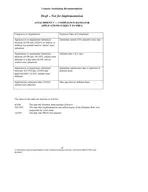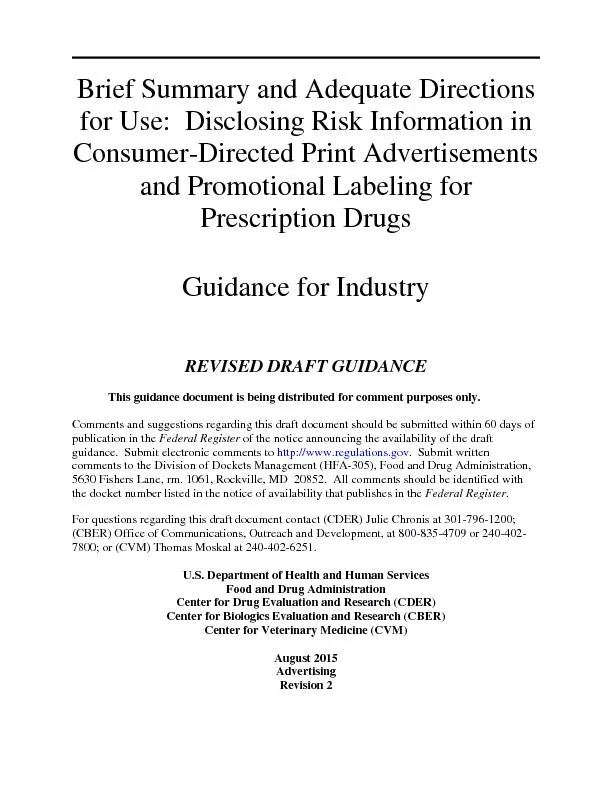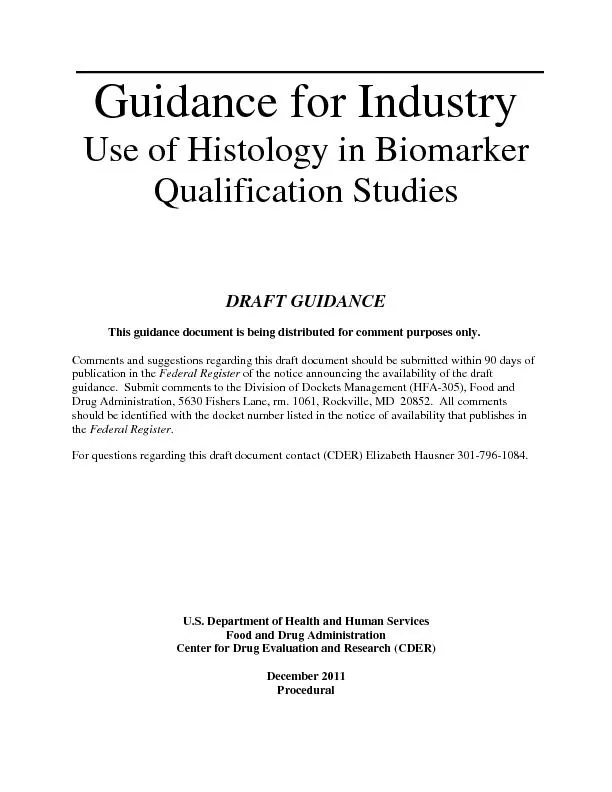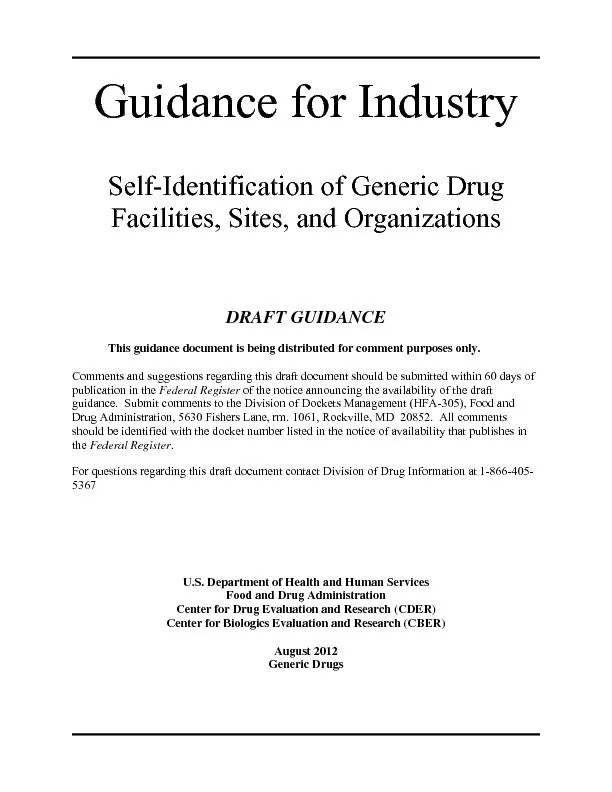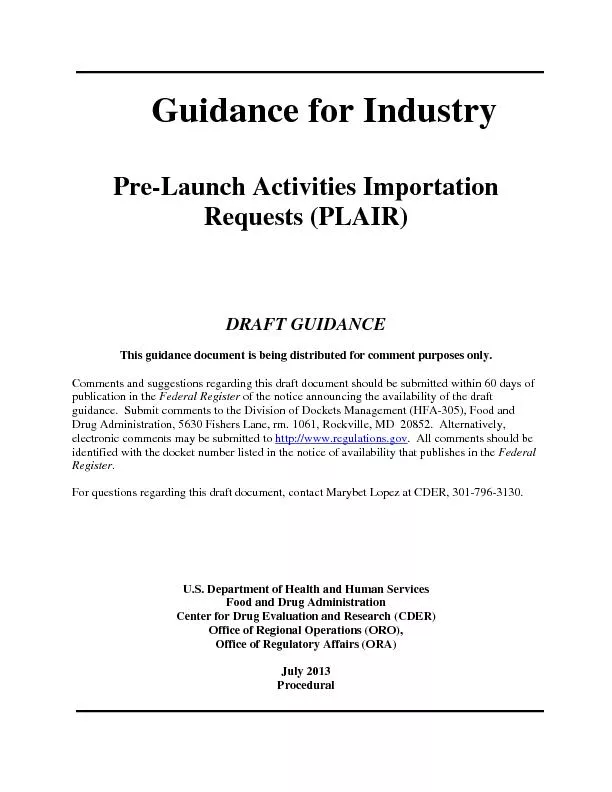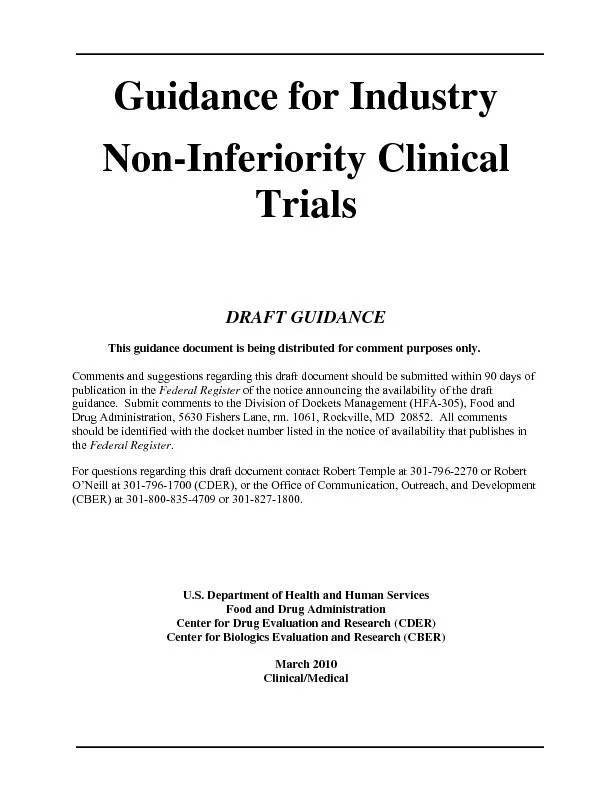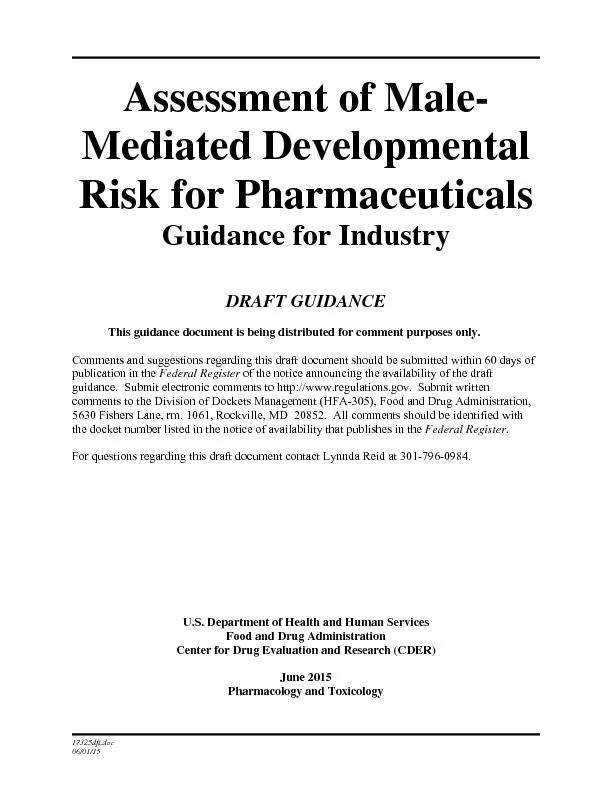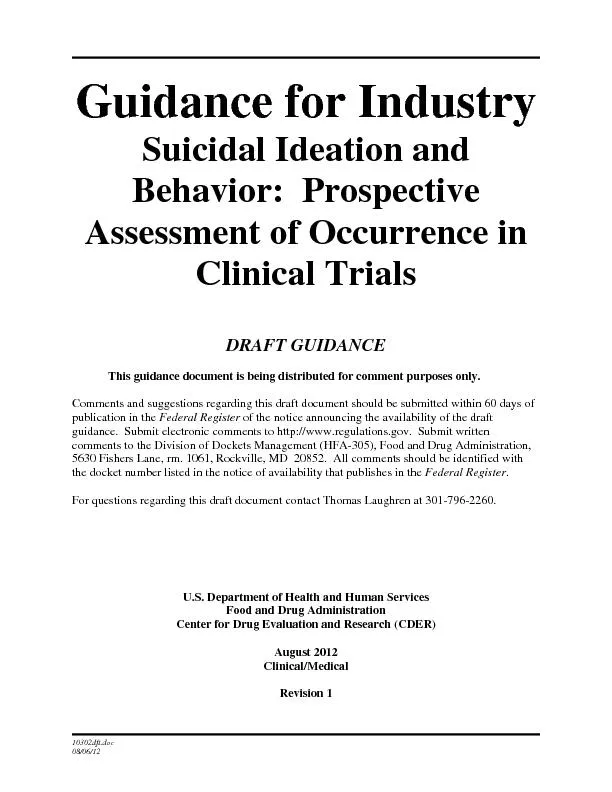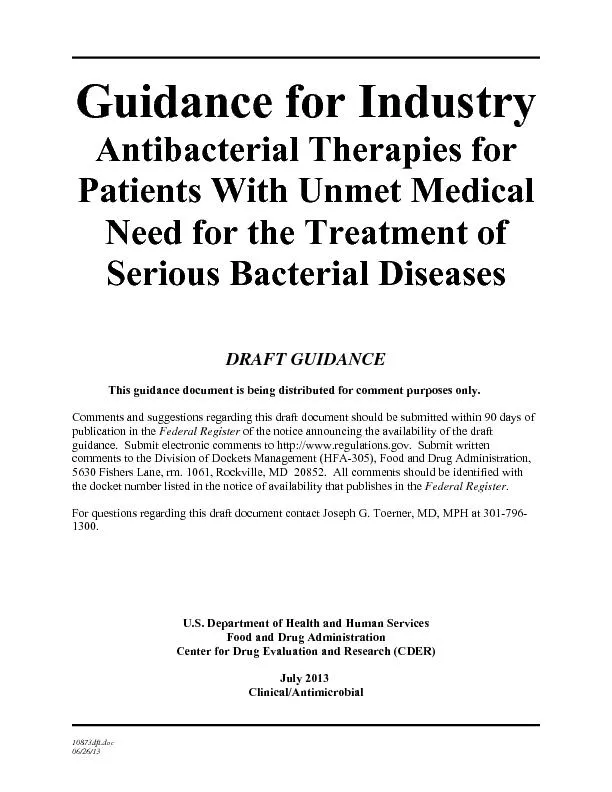PDF-Guidance for Industry How to Comply with the Pediatric Research Equity Act DRAFT GUIDANCE
Author : trish-goza | Published Date : 2015-03-08
Comments and suggestions regarding this draft docu ment should be submitted within 60 days of publication in the Federal Register of the notice announcing the availability
Presentation Embed Code
Download Presentation
Download Presentation The PPT/PDF document "Guidance for Industry How to Comply with..." is the property of its rightful owner. Permission is granted to download and print the materials on this website for personal, non-commercial use only, and to display it on your personal computer provided you do not modify the materials and that you retain all copyright notices contained in the materials. By downloading content from our website, you accept the terms of this agreement.
Guidance for Industry How to Comply with the Pediatric Research Equity Act DRAFT GUIDANCE: Transcript
Download Rules Of Document
"Guidance for Industry How to Comply with the Pediatric Research Equity Act DRAFT GUIDANCE"The content belongs to its owner. You may download and print it for personal use, without modification, and keep all copyright notices. By downloading, you agree to these terms.
Related Documents

